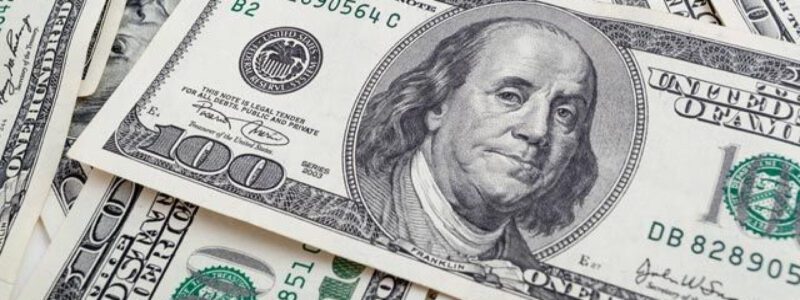
The dollar is weakening against the euro and is recovering against the yen after a sharp drop against almost all world currencies the day before, triggered by data on a significant weakening of inflation in the United States.
As it became known on Thursday, consumer prices (CPI) in the United States rose by 7.7% in October against the same month last year after an increase of 8.2% in September. Thus, inflation slowed to its lowest since January and was well below market forecasts.
The data may affect the policy of the U.S. Federal Reserve (Fed), which is aggressively raising interest rates in an attempt to curb inflation.
The head of the Federal Reserve Bank (FRB) of Philadelphia, Patrick Harker, already spoke in favor of slowing further rate hikes.
“In the coming months, in light of the cumulative tightening (of QE – IF) already achieved, I expect the pace of rate hikes to slow down as we get closer to sufficiently restrictive policy,” Harker said during a speech at an event in Philadelphia.
The ICE-calculated index, which shows the U.S. dollar’s performance against six currencies (euro, Swiss franc, yen, Canadian dollar, pound sterling and Swedish krona), is down 0.25 percent. The day before, the indicator was down 2%.
The euro/dollar pair is trading at $1.0218 by 7:55 a.m. Ksk, versus $1.0209 at the close of Thursday’s session, with the euro strengthening 0.1%.
The dollar/yen is up 0.4% at 141.57 yen, up from 140.97 yen at the end of last session.
The pound is changing little and is trading at $1.1716 compared to $1.1715 at the close of previous trading.
The mainland yuan rose 1.1 percent to 7.1089 yuan per $1, renewing a four-week high.
The Australian dollar is up 0.5 percent at a seven-week high of $0.67, despite statements by Australia’s Deputy Central Bank Governor Michelle Bullock that the country’s interest rate is likely to continue rising.